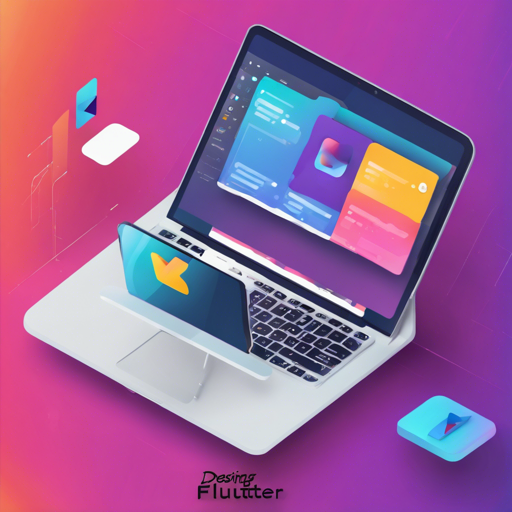Flutter, Google’s UI toolkit, empowers developers to create stunning, natively compiled applications for mobile, web, and desktop from a single codebase. If you’re eager to dive into the world of Flutter, this guide will help you get started with some practical insights and resources.
Why Choose Flutter?
- Cross-Platform Development: Write once, deploy across multiple platforms.
- Beautiful UIs: Create visually appealing user interfaces effortlessly.
- Fast Development: Hot Reload feature allows you to see changes in real-time.
How to Set Up Your Flutter Environment
Setting up your Flutter development environment is essential before you start coding. Follow these simple steps:
Step 1: Install Flutter SDK
- Download the Flutter SDK from the official Flutter website.
- Extract the downloaded zip file to a desired location on your machine.
Step 2: Add Flutter to Your Path
- Open your terminal or command prompt.
- Run the following command:
export PATH="$PATH:`pwd`/flutter/bin"Step 3: Install Required Dependencies
- Ensure Git is installed on your machine.
- Follow the instructions for any needed dependencies listed on the installation page.
Creating Your First Flutter App
Once your environment is set up, it’s time to create your first app! Here’s an analogy to understand Flutter’s coding flow better:
Imagine building a house. Each room in the house represents a widget. Just like you combine bricks, paint, and wood to construct rooms, you combine Flutter widgets to create your application. The main building (or app structure) consists of rooms (widgets) that all work together seamlessly to create a comfortable living space (a fully functioning app).
Step 1: Create a New Project
- Open your terminal/command prompt and run the command:
flutter create my_first_appStep 2: Run Your App
- Navigate to your newly created project directory:
cd my_first_appflutter runTroubleshooting Common Issues
As with any development journey, you might encounter some hurdles. Here are some troubleshooting tips:
- If you receive an error about missing dependencies, ensure you have all required tools installed as per the Flutter installation guide.
- Always check if you have the latest version of Flutter by running
flutter upgrade. - If ‘flutter run’ doesn’t detect your connected device, confirm USB debugging is enabled on your Android device or that your simulator is running.
- For persistent issues, consult community resources or post your question on forums.
For more insights, updates, or to collaborate on AI development projects, stay connected with fxis.ai.
Conclusion
At fxis.ai, we believe that such advancements are crucial for the future of AI, as they enable more comprehensive and effective solutions. Our team is continually exploring new methodologies to push the envelope in artificial intelligence, ensuring that our clients benefit from the latest technological innovations.

